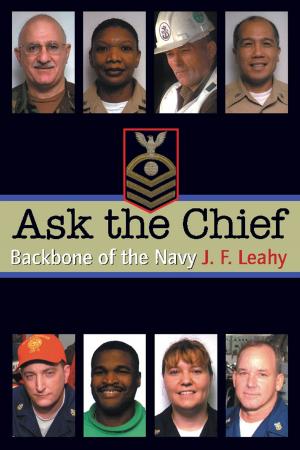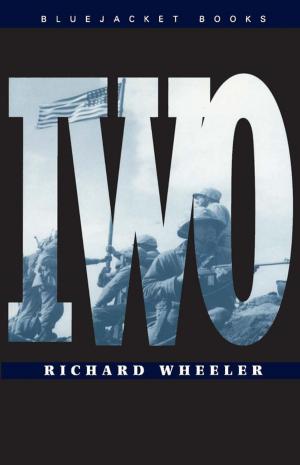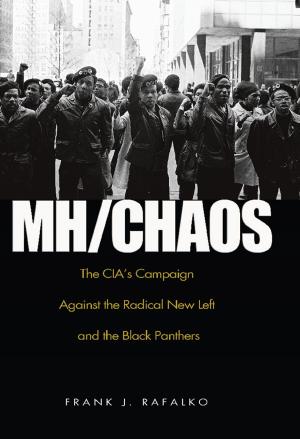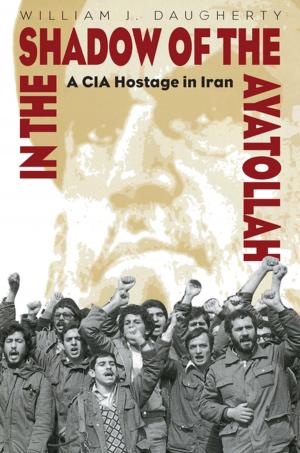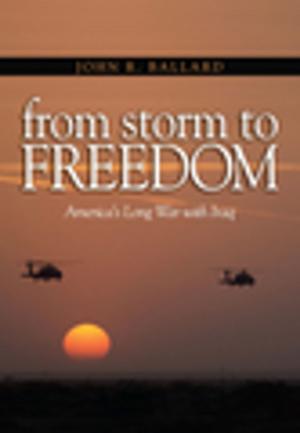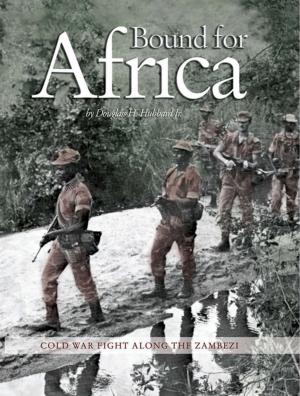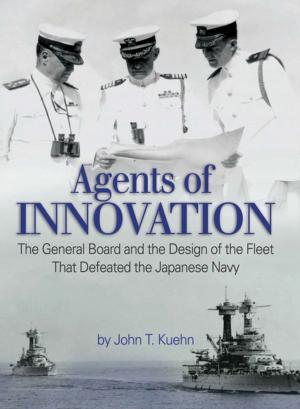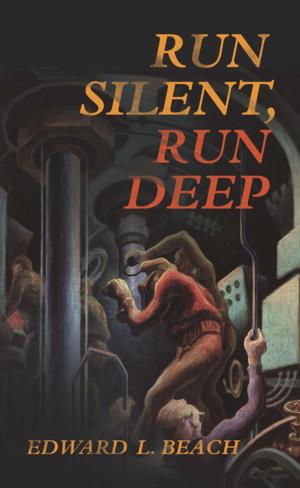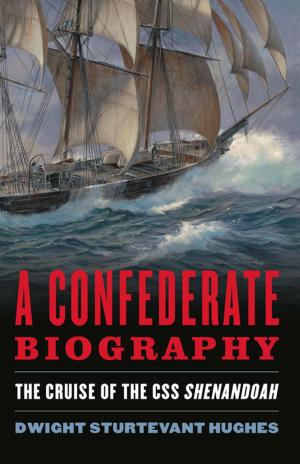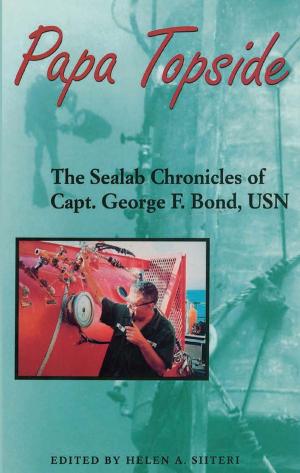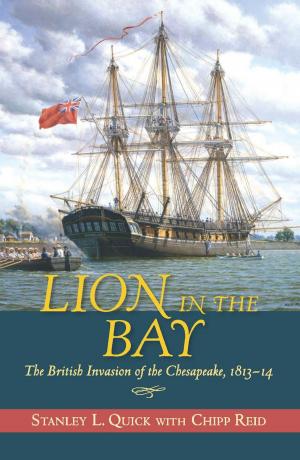| Author: | Steve Ewing | ISBN: | 9781612512648 |
| Publisher: | Naval Institute Press | Publication: | March 22, 2013 |
| Imprint: | Naval Institute Press | Language: | English |
| Author: | Steve Ewing |
| ISBN: | 9781612512648 |
| Publisher: | Naval Institute Press |
| Publication: | March 22, 2013 |
| Imprint: | Naval Institute Press |
| Language: | English |
This biography completes a trilogy on the three Navy fighter pilots-Jimmie Thach, Butch O'Hare, and Jimmy Flatley-who developed sweeping changes in aerial combat tactics during World War II. While O'Hare and Flatley were instrumental in making the "weave" a success, Thach was its theoretical innovator, and his use of the tactic in combat at Midway documented its practical application. This portrait of the famous pilot provides a memorable account of how Thach, convinced that his Wildcat was no match for Japan's formidable Zero, found a way to give his squadron a fighting chance. Using matchsticks on his kitchen table, he devised a solution that came to be called the Thach Weave. But as Steve Ewing is quick to point out, this was not Thach's sole contribution to the Navy. Throughout his forty-year career, Thach provided answers to multiple challenges facing the Navy, and his ideas were implemented service wide. A highly decorated ace, Thach was an early test pilot, a creative task force operations officer in the last year of the World War II, and an outstanding carrier commander in the Korean War. During the Cold War, he contributed to advances in antisubmarine warfare. This biography shows him to be a charismatic leader interested in everyone around him, regardless of rank or status. His dry sense of humor and constant smile attracted people from all walks of life, and he was a popular figure in Hollywood. Thach remains a hero among naval aviators today, his most famous combat tactic still in use by modern jets.
This biography completes a trilogy on the three Navy fighter pilots-Jimmie Thach, Butch O'Hare, and Jimmy Flatley-who developed sweeping changes in aerial combat tactics during World War II. While O'Hare and Flatley were instrumental in making the "weave" a success, Thach was its theoretical innovator, and his use of the tactic in combat at Midway documented its practical application. This portrait of the famous pilot provides a memorable account of how Thach, convinced that his Wildcat was no match for Japan's formidable Zero, found a way to give his squadron a fighting chance. Using matchsticks on his kitchen table, he devised a solution that came to be called the Thach Weave. But as Steve Ewing is quick to point out, this was not Thach's sole contribution to the Navy. Throughout his forty-year career, Thach provided answers to multiple challenges facing the Navy, and his ideas were implemented service wide. A highly decorated ace, Thach was an early test pilot, a creative task force operations officer in the last year of the World War II, and an outstanding carrier commander in the Korean War. During the Cold War, he contributed to advances in antisubmarine warfare. This biography shows him to be a charismatic leader interested in everyone around him, regardless of rank or status. His dry sense of humor and constant smile attracted people from all walks of life, and he was a popular figure in Hollywood. Thach remains a hero among naval aviators today, his most famous combat tactic still in use by modern jets.

